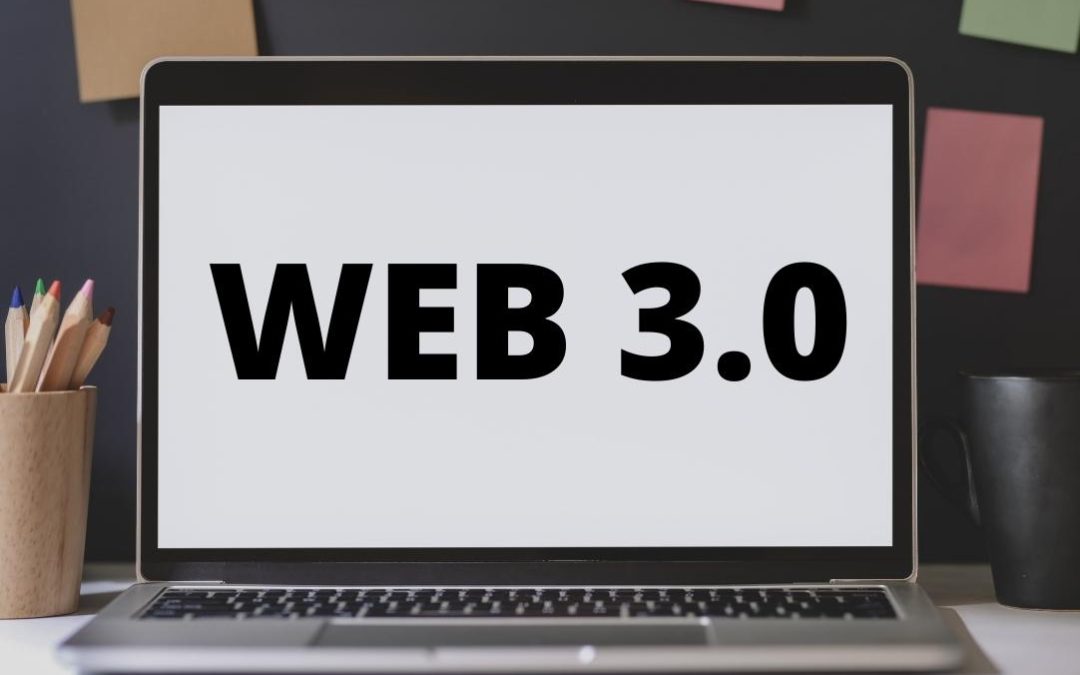Web 2.0 is described as the second generation of the internet. IN Web 2.0, the static HTML pages and replaced with interactive pages for a dynamic web experience for the users. Web 2.0 was created with the focus to allow people to share their information on the net using social media, writing blogs, having conversations in web communities, and collaborating on the web.
Web 2.0 changed the web into more interactive between writers and readers. And these new tools allow people to contribute their part without the need for any technical knowledge and experience. Web 2.0 is also one of the good off-page SEO strategies to build in-content links.
Understanding Web 2.0 otherwise called Social media, most of the online digital marketing companies added this in their services. Web 2.0 sites offer free subdomains to post your content.
Web 3.0 is the next generation of Internet and services based on distributed ledger technology, the most common of which is blockchain. Blockchains focus on their power to verify and disperse information. The Semantic Web is based on the efficiency of machines to interact with content in a more humane way.
It is based on new technological variations, including edge computing, decentralized data networks, and artificial intelligence. If Web 2.0 is conducted by the development of mobile Internet, social media, and cloud computing, then Web 3.0 will be driven by advanced machine learning algorithms.
Though, Web 3.0 is only one way to describe the future of the Internet. This is a set of features that the current one will acquire in the coming years.

